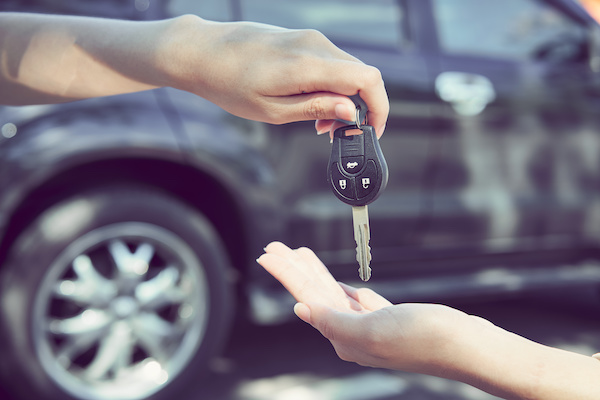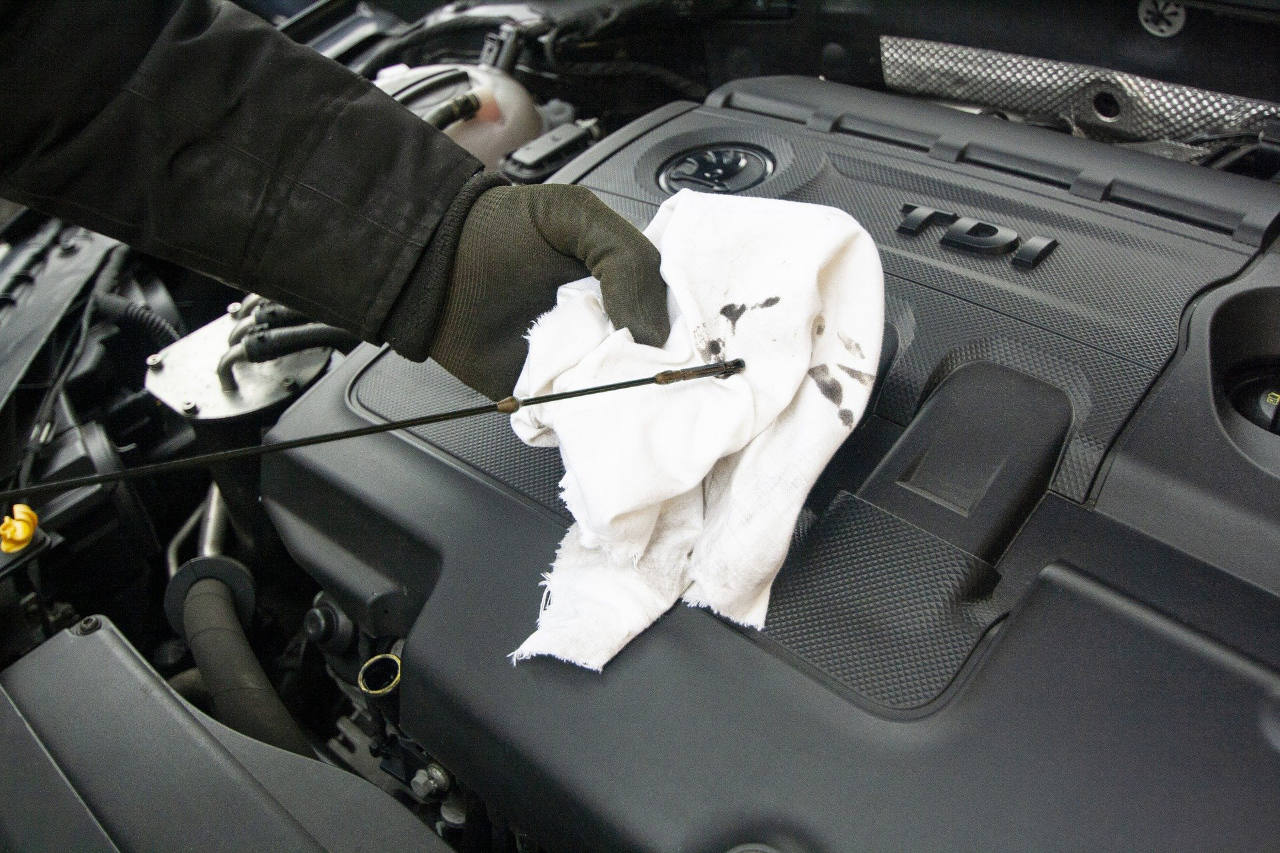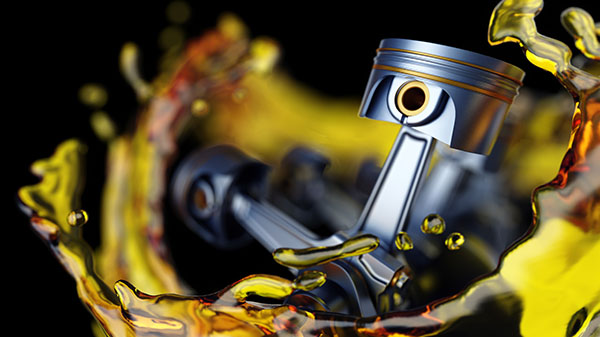
Allowing vehicle problems to ruin your next road trip is not a good idea. Instead, preparing your vehicle for the trip ahead of time by performing a few auto maintenance tasks can ensure that it is ready for the journey.
You will not be able to prevent every technical problem, but checking your car’s fluids and parts before you head out on the road will help you avoid wasting important vacation time in the repair shop. For starters, here are some pointers to get you started:
Check the Battery in Your Car
Check the connection between your car’s battery and the rest of the vehicle to ensure tight and corrosion-free. If there is damage, you will need to disconnect the battery and use a wire brush to clean the contacts on the battery. It is recommended that you leave the checking and cleaning of your automobile battery to a mechanic if you aren’t comfortable with doing so yourself. Batteries contain corrosive acid that can spill if the connectors are forced off. Generally speaking, you should have your car’s battery examined once a year after being in service for more than two years.
Inspect Belts and Hoses
According to the manufacturer, engine belts and hoses are vital in maintaining the proper operation of your vehicle’s electrical, power steering, and cooling systems. Have them inspected to see if any are frayed or broken before using them. Belts should also be securely fastened, so check to see that they are not loose or have a significant amount of room in them. Finally, ensure that your hoses are examined for leaks or drips before using them.
Your vehicle’s manual will have the suggested belt and hose service intervals, as some vehicles may require replacements as early as 60,000 miles.
Top off Fluids and Replace Filters
Check the fluid levels in your automobile, which include the engine oil, power steering, and transmission fluids, and windshield washer fluid, among other things. If any of them are running low, make sure to fill them up before hitting the road. If your vehicle is nearing when it will require an oil change, it may be worthwhile to have it done before your vacation. You should also check the engine coolant (also known as antifreeze) tank in your vehicle to make sure it is filled to the specified amount by the car manufacturer. Maintaining adequate coolant levels is essential, but if there are any floating particles in the fluid or the fluid is no longer transparent, you may need to change it even though the level is correct. Coolant can also become acidic with time, so it is a good idea to get your coolant tank checked for corrosion if you have any concerns. Other components of the car, including the radiator or hoses, may be damaged due to this.
The engine air filter collects dust and debris and prevents them from reaching the car engine. Finally, if the engine air filter is dirty or clogged with debris, it should be replaced. Otherwise, the unclean filter may have an adverse effect on the acceleration performance of your vehicle.
Evaluate That All Lights and Electrical Equipment is in Good Order
Check that all of your vehicle’s interior and exterior lights are functioning correctly, and replace any burned-out bulbs as needed. Suppose your windshield wipers are not effectively removing water from the windshield or are leaving streaks. If that is happening, it might be wise to change them – every six months you should replace them, according to the manufacturer. Make sure your car’s horn and air conditioning system are working correctly as well.
This is especially important if you are traveling in or to a warmer area. If your air conditioner hasn’t been quite as cold as you are used to, have it checked by a professional to ensure that it continues to operate properly.
Examining the Brakes
Squealing sounds originating from your car’s brakes could indicate that the brake pads are worn out. It is essential to have your car’s brakes properly evaluated if you hear this noise or any other unusual noises while driving. When you push the brake pedal, it may feel spongy, a signal that the brake fluid level is low. Do not forget to check the level of this fluid simultaneously as you check the others, and top it off if necessary.
Check the Tires
The amount of air in your tires may have an impact on your vehicle’s fuel economy. Check the tire pressure, preferably when the tires are still cold, to guarantee that your tires are correctly filled before leaving for your trip. Do not forget to check the air pressure in your vehicle’s spare tire as well.
You may also use the penny method to inspect the tread on your tires at home by yourself. Using an upside-down penny, insert it between the treads of each tire and see whether you can see the top part of Abraham Lincoln’s head on the coin. If you can, it is time to change the tires. The tread may not be low, but uneven instead. Consider having the tires rotated or aligned before your trip in this case.
Making efforts to ensure that your vehicle is in good working order before embarking on a road trip may save you from having to spend your vacation time at a repair shop. Do not forget to seek professional assistance if you are uncomfortable evaluating your vehicle or are not sure whether or not something is wrong with it.




